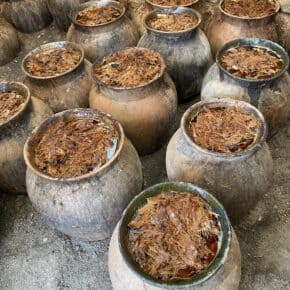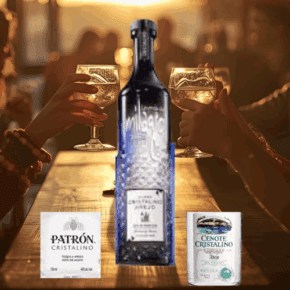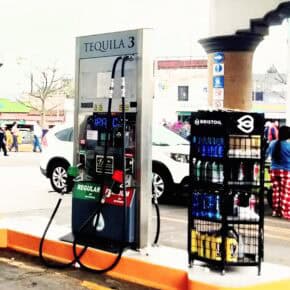A bacanorero is a distiller of bacanora, a regional mezcal from the northern Mexican state of Sonora. Bacanoreros may also be called vinateros, derived from vinata, a word for distillery. Both terms are roughly synonymous with mezcalero and tabernero. The female form is bacanorera, and women are becoming increasingly involved in the production and promotion of bacanora brands.
Between 1915 and 1992, bacanora was illegal. Bacanoreros were outlaws who hid their vinatas in remote gulleys and canyons in Sonora’s vast wild lands. Because they were hunted and harassed by government agents, they relied on portable stills and were less likely to invest in distilling infrastructure. Though bacanora now has the official benediction of a denomination of origin (DO), some vinatas are still completely outdoors, with portable oil drum stills and pits for roasting agave.
Although pit roasting tends to be a common denominator, bacanora production methods are eclectic: piñas may be clubbed in a canoa, mashed with axes, or shredded mechanically. Some producers use tahonas. Bacanoreros employ various types of vessels for fermenting the mosto, including steel drums, plastic tanks, and underground reservoirs called barrancos.
Northern Mexico is so different from Oaxaca or Michoacan that it might as well be another country. Unsurprisingly, bacanora has a distinct culture from other mezcals–many bacanoreros are ranchers or cowboys. Due to the long history of prohibition, small producers can be gun-shy and close-mouthed.
To learn more about bacanora and bacanoreros, check out A bacanora adventure in Sonora or What is bacanora?












Leave a Comment